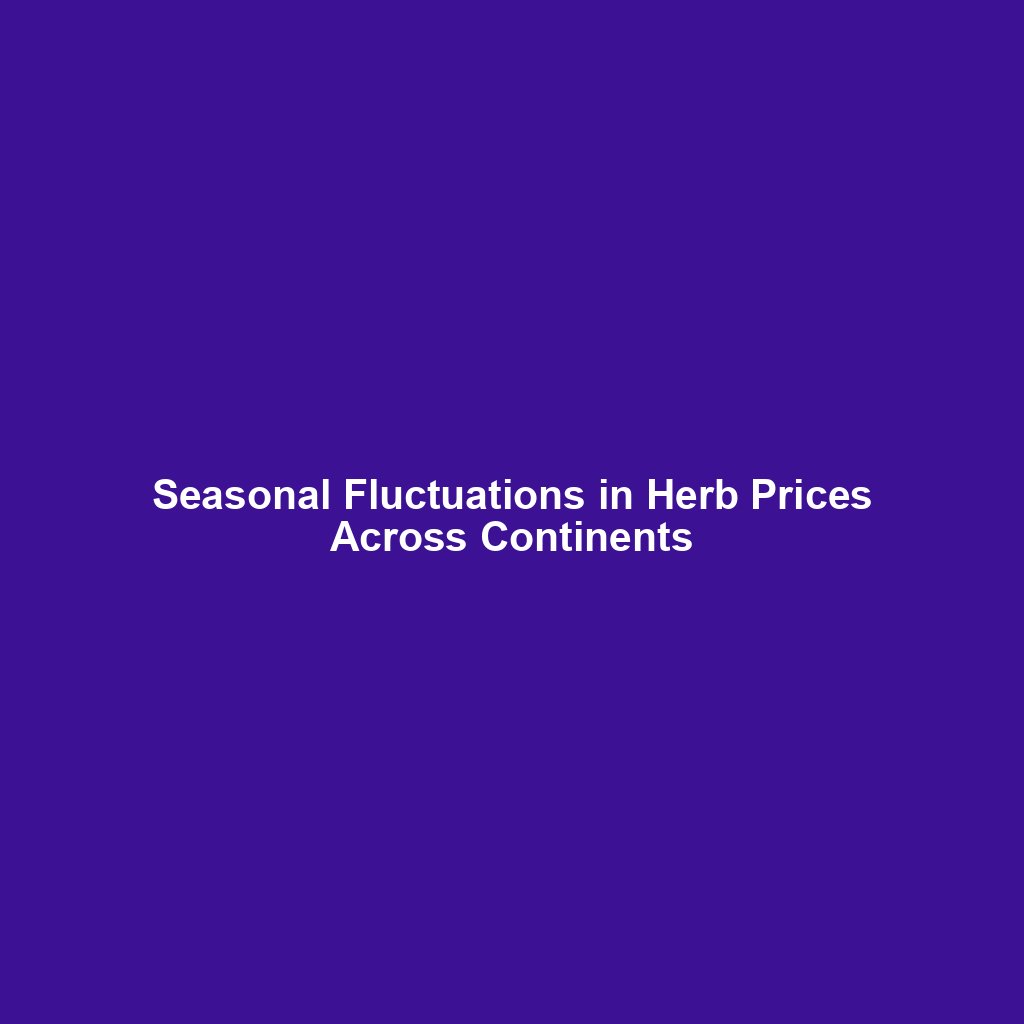
Fish Prices in Global Markets: How Seasonality Affects Cost is a topic of significant importance in understanding the dynamics of global food markets. The interplay between supply and demand, influenced by seasonal changes, plays a crucial role in determining the prices of fish across different regions. This article delves into the intricacies of agricultural price analysis, focusing on the factors that affect fish prices and the methodologies used to analyze these fluctuations.
Understanding Agricultural Price Analysis
Agricultural price analysis is a critical component of agricultural economics, providing insights into the factors that influence the prices of agricultural commodities. It involves the study of market trends, supply and demand dynamics, and external factors such as weather conditions, government policies, and global trade patterns. The primary goal of agricultural price analysis is to understand how these factors interact to affect the prices of agricultural products, including fish.
The Role of Supply and Demand
At the heart of agricultural price analysis is the concept of supply and demand. The supply of fish is influenced by several factors, including the availability of fish stocks, fishing regulations, and technological advancements in fishing methods. On the other hand, demand is driven by consumer preferences, population growth, and income levels. The interaction between supply and demand determines the equilibrium price of fish in the market.
Seasonality plays a significant role in affecting both supply and demand. For instance, certain fish species are more abundant during specific seasons, leading to fluctuations in supply. Similarly, consumer demand for fish may vary throughout the year, influenced by cultural practices, holidays, and dietary trends. Understanding these seasonal patterns is crucial for accurate price analysis.
External Factors Influencing Fish Prices
In addition to supply and demand, several external factors can impact fish prices. Weather conditions, such as storms and temperature changes, can affect fish availability and fishing operations. Government policies, including fishing quotas and trade agreements, also play a significant role in shaping market dynamics. Furthermore, global trade patterns and exchange rates can influence the cost of fish in international markets.
Technological advancements in aquaculture and fishing methods have also contributed to changes in fish prices. Innovations in fish farming have increased the supply of certain species, affecting their market prices. Additionally, improvements in transportation and storage have facilitated the global distribution of fish, impacting prices in different regions.
Methodologies for Analyzing Fish Prices
To effectively analyze fish prices, economists and market analysts employ various methodologies. These approaches help in understanding the complex interactions between different factors and predicting future price trends. Some of the commonly used methodologies include time series analysis, econometric modeling, and market simulation techniques.
Time Series Analysis
Time series analysis is a statistical method used to analyze data collected over time. It helps in identifying patterns, trends, and seasonal variations in fish prices. By examining historical price data, analysts can forecast future price movements and make informed decisions. Time series analysis is particularly useful in understanding the impact of seasonality on fish prices, as it allows for the identification of recurring patterns and cycles.
Econometric Modeling
Econometric modeling involves the use of mathematical and statistical techniques to analyze economic data. In the context of fish prices, econometric models can be used to quantify the relationship between different variables, such as supply, demand, and external factors. These models help in understanding the causal relationships and predicting how changes in one variable can affect fish prices. Econometric modeling is a powerful tool for policymakers and market participants, providing insights into the potential impact of policy changes and market interventions.
Market Simulation Techniques
Market simulation techniques involve the use of computer models to simulate the behavior of fish markets under different scenarios. These models incorporate various factors, such as supply and demand dynamics, external shocks, and policy changes, to predict how fish prices may evolve in the future. Market simulation techniques are particularly useful in assessing the impact of hypothetical scenarios, such as changes in fishing regulations or shifts in consumer preferences.
Conclusion
In conclusion, understanding the factors that influence fish prices in global markets is essential for effective agricultural price analysis. Seasonality, supply and demand dynamics, and external factors all play a crucial role in shaping fish prices. By employing methodologies such as time series analysis, econometric modeling, and market simulation techniques, analysts can gain valuable insights into the complex interactions between these factors and make informed decisions. As the global demand for fish continues to grow, understanding the intricacies of fish price analysis will become increasingly important for policymakers, market participants, and consumers alike.



